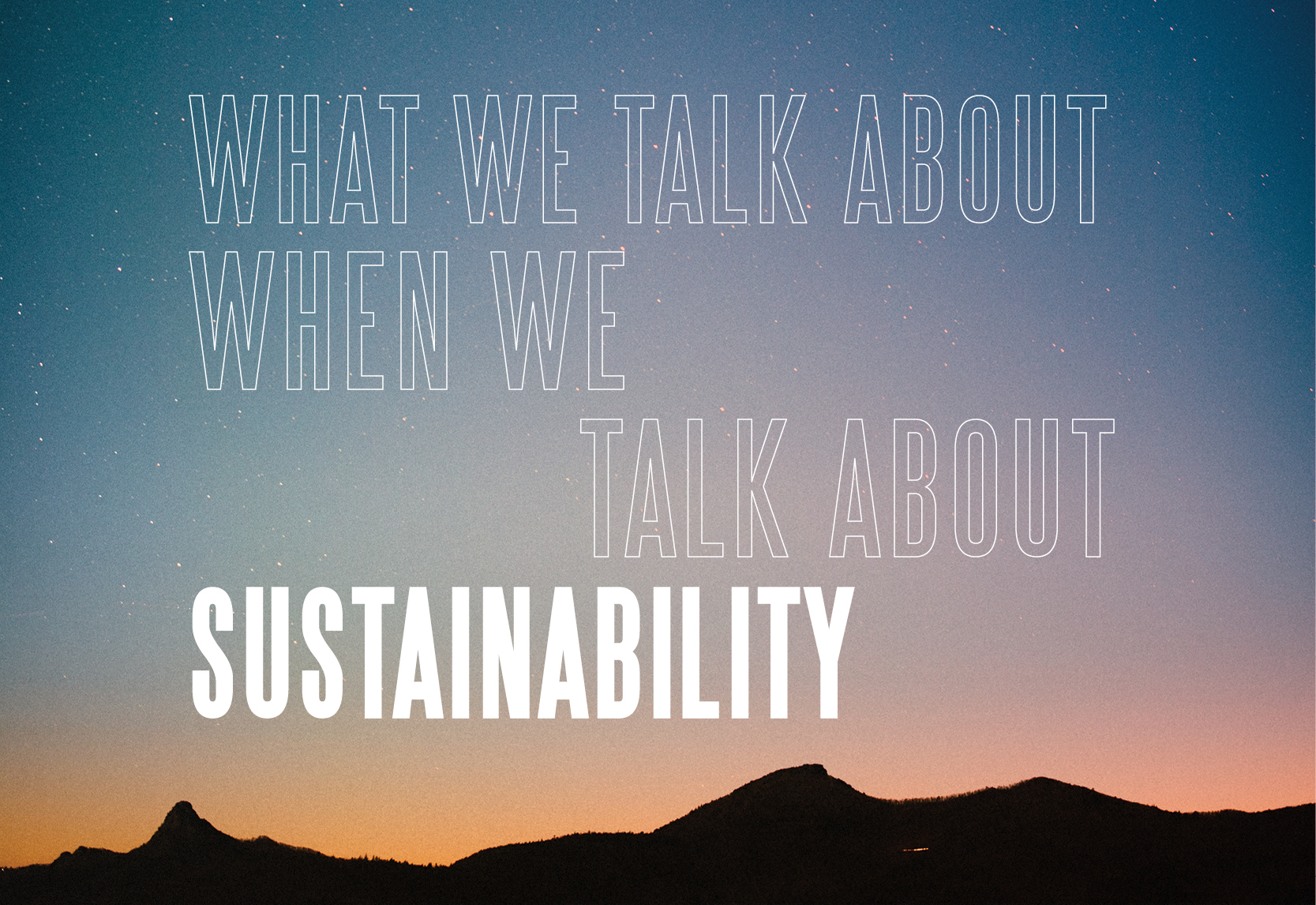Back in 2012, I wrote about the state of ethical fashion in a column for GOOD Magazine. This piece looked at the complex nature of defining the words “ethical” and “sustainable,” in terms of how these designations may resonate with or misguide consumers and the industry as a whole.
The Ethical Fashion Forum, a U.K.-based nonprofit organization, holds ethical fashion to a definition of the following “triple bottom line:”
- Social: “Increasing the capacity and well-being of the people and communities behind fashion.”
- Environmental: “Minimizing the environmental impact of all business operations, throughout the supply chain.”
- Commercial: “Without a robust financial business model, none of the above can be achieved… A sustainable approach includes quality products or services that meet market needs and demands and are fairly marketed.”
Since I first investigated these terms, my business partners and I founded Futuremade, a brand integrity and sustainable innovation agency. Over the past five years, we’ve seen a significant uptick, particularly after Rana Plaza and amid growing consumer concern with the environment, of both companies and their customers taking the provenance of their clothing into account. The complexity of defining “ethical fashion,” or what we call “integrated sustainability,” remains because these considerations add a new layer to the existing profit-driven, bottom-line approach to doing business. Ethical and sustainable also mean vastly different things to different companies.
In most instances, this complexity is not a problem. Compliance is the bare minimum a company can, and should, strive for. We believe simple compliance does not qualify as a sustainability program. However, it’s important to map out sustainability efforts, by which we mean social, environmental and internal culture considerations, in a case-by-case approach meaningfully aligned with individual business strategies and available resources. Very few companies can realistically tackle every issue.
Throughout our work over the past two years, the biggest opportunity and challenge for achieving true sustainability lies with incorporating the following into business operations:
- Leadership buy-in: Company culture and commitments start at the top.
- Transparency: An overused buzzword, but a serious subject that has actual implementation along the supply chain is crucial.
- Establishment of goals: These must follow the SMART acronym (specific, measurable, achievable, relevant, time-bound).
To reach these goals, leadership must prioritize resources for implementing and staffing such initiatives, which can include: aligning with the United Nation’s Sustainable Development Goals, participating in industry organizations and making use of their benchmarking tools, auditing supply chains, and hiring or involving specialists. Apparel and product companies have similar bottlenecks establishing new processes and efficiency tools to address these issues are ubiquitous. But it isn’t a one-size-fits-all answer, as the approach and solutions working in conjunction with business direction are infinitely unique to each company.
One of the latest emerging trends is a heightened interest from marketing teams that want to tell their sustainability story, but need something tangible to communicate. We rarely encourage companies to lead with a one-off, well-polished sustainability story. Consumers targeted with such campaigns are savvy and starting to seriously consider not only who made their clothes, but also where the fabric came from, which chemicals were used in the process, and what overall environmental impact their clothes will have in the future. If a company is pushing out a sustainability story without doing the heavy lifting of investing in supply chain transparency, the consumers will know.
There is an inherent value when allocating marketing budgets toward “sustainability” because we’re no longer simply addressing “compliance,” “corporate social responsibility” and “sustainability” via legal departments with limited budgets, but making these subjects part of the larger strategy discussion. Long term, we think these efforts must live on as a new and separate operating expense line item, a cost inherent in doing business and driving a brand’s overall strategy. Marketing strategy should simply follow such actual goals, if addressing them at all. Sustainability itself should be a way of doing business: imperative, permanent and beyond trends.
xx Tabea Soriano
This article was originally published in RANGE Magazine Issue Nine.
